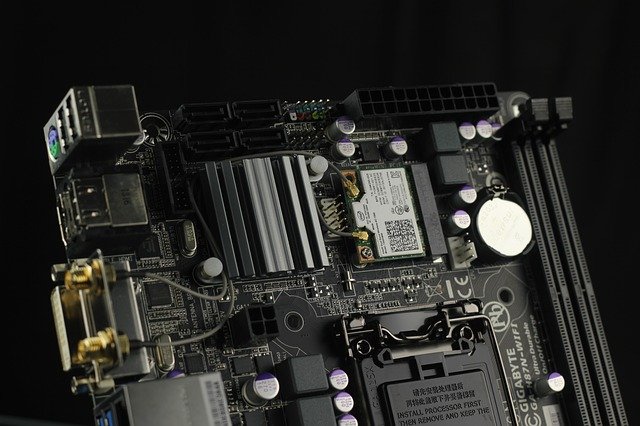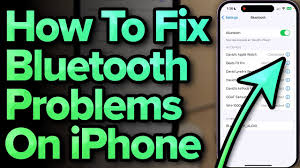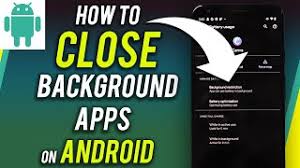How to Connect Google Home with Smart TV (Complete Guide)
In today’s smart home era, the ability to control your devices with voice commands is no longer a luxury—it’s a necessity. If you’ve ever wondered how to Connect Google Home with your Smart TV, this guide will walk you through every step to ensure a seamless experience. By the end of this article, your Google Home will control your TV, letting you play videos, adjust volume, or even switch inputs with just your voice.

Why You Should Connect Google Home to Your Smart TV
Connecting Google Home to a Smart TV transforms your viewing experience:
-
Hands-free control: No need for remote controls.
-
Voice commands convenience: Play Netflix, YouTube, or Spotify with simple phrases.
-
Integration with other smart devices: Coordinate your TV with lights, speakers, and more.
-
Multi-user support: Personalized recommendations for different family members.
With these advantages, it’s clear why many households are adopting this setup.
Prerequisites for Connecting Google Home
Before you attempt to Connect Google Home, ensure you have:
-
A Google Home or Google Nest device.
-
A Smart TV compatible with Google Assistant (Android TV, Chromecast built-in, or external Chromecast device).
-
A stable Wi-Fi network.
-
The latest Google Home app installed on your smartphone.
-
TV and Google Home on the same Wi-Fi network.
Step-by-Step Guide: How to Connect Google Home with Smart TV
Follow these steps carefully to set up your devices:
Step 1: Set Up Your Google Home Device
-
Open the Google Home app on your smartphone.
-
Tap “Add” → “Set up device” → “Set up new devices”.
-
Follow the on-screen instructions to link your Wi-Fi and Google account.

Step 2: Prepare Your Smart TV
-
Turn on your Smart TV.
-
Ensure it’s connected to the same Wi-Fi as Google Home.
-
Enable Google Assistant support if required.
-
If using a Chromecast device, ensure it’s plugged in and ready.
Step 3: Link Google Home to Your TV
-
Open the Google Home app.
-
Tap “Add” → “Set up device” → “Works with Google”.
-
Search for your TV brand (e.g., Samsung, LG, Sony).
-
Follow the prompts to sign in and link your TV account.

Step 4: Test Voice Commands
Once connected, try commands like:
-
“Hey Google, play Stranger Things on Netflix.”
-
“Hey Google, turn up the volume on the TV.”
-
“Hey Google, switch to HDMI 2.”
Your Smart TV should respond immediately, confirming a successful setup.
Troubleshooting Common Issues
Even after following the setup, issues may arise. Here’s how to fix them:
Issue 1: Google Home Not Recognizing TV
-
Ensure both devices are on the same Wi-Fi network.
-
Reboot Google Home and your TV.
-
Check for app or firmware updates.
Issue 2: Voice Commands Not Working
-
Speak clearly and use supported commands.
-
Check Google Home app for linked services.
-
Reset Google Home if necessary.
Issue 3: TV Not Appearing in Google Home App
-
Verify compatibility with Google Assistant.
-
Ensure Chromecast is active.
-
Remove and re-add the device in the Google Home app.
Table: Compatible TVs for Google Home
| TV Brand | Google Assistant Support | Notes |
|---|---|---|
| Samsung | Yes (select models) | Requires SmartThings integration |
| LG | Yes (webOS 3.5+) | Some older models may need Chromecast |
| Sony | Yes (Android TV) | Works with built-in Google Assistant |
| TCL | Yes (Android TV) | Supports voice commands with Google Home |
| Vizio | Limited | Chromecast may be required |
Pros & Cons of Using Google Home with Smart TV
Pros
-
Hands-free TV control
-
Integration with other smart devices
-
Personalized recommendations
-
Easy setup with Chromecast-enabled TVs
Cons
-
Not all TVs are compatible
-
Some advanced commands may not work
-
Wi-Fi dependency for smooth operation
Advanced Tips for Maximizing Your Google Home & Smart TV
-
Multi-room audio: Sync your TV audio with smart speakers.
-
Routine commands: Set up routines like “Movie Time” to dim lights and play content.
-
Voice search: Search YouTube or Netflix without typing.
-
Parental controls: Limit content access through voice settings.
Step 5: Maintaining Connectivity
-
Keep both devices updated with the latest firmware.
-
Periodically check Google Home app for new features.
-
Restart devices if commands lag or fail.
Step 6: Integrating Other Smart Devices
Enhance your setup by linking:
-
Smart lights (Philips Hue, LIFX)
-
Smart plugs for power control
-
Smart thermostats for ambiance during movie time

Conclusion
Connecting your Google Home to a Smart TV is a simple yet powerful way to enhance your home entertainment experience. By following this complete guide, you can enjoy hands-free control, seamless voice commands, and integration with other smart devices. Remember to keep your devices updated and troubleshoot any connectivity issues promptly. Once set up, you’ll never need to search for your remote again—your voice is all you need.
Start now and Connect Google Home to your Smart TV for an effortless, smart home experience!
FAQ Section
1. Can I use Google Home with any Smart TV?
Yes, but your TV must support Google Assistant, Android TV, or have a Chromecast device.
2. What to do if voice commands don’t work?
Ensure your devices are on the same Wi-Fi, speak clearly, and check app linkages.
3. Can multiple users control the TV via Google Home?
Yes, Google Home supports multiple accounts for personalized responses.
4. Does linking Google Home affect TV settings?
No, it only adds voice control functionality; your TV settings remain unchanged.
5. Can I schedule TV actions using Google Home?
Yes, you can create routines like “Movie Night” to automate TV and smart home devices.



































